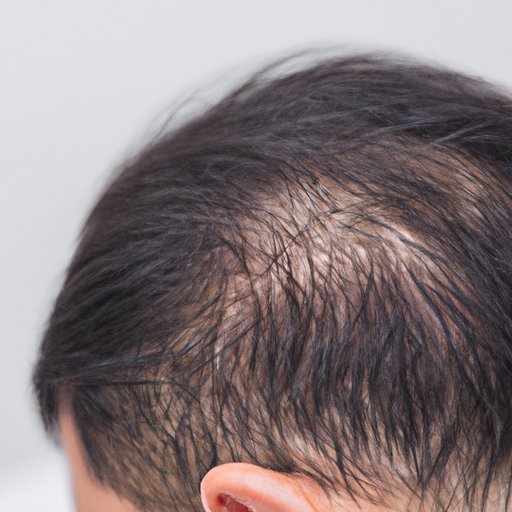Introduction
Hair loss is a common problem that affects both men and women. It can range from mild to severe and can be caused by several factors, such as genetics, hormonal imbalances, medical conditions, or certain medications. While it may not seem like a major issue, hair loss can have an emotional impact on people, leading to feelings of insecurity and low self-esteem. If you are concerned about losing your hair, it is important to know how to detect it early so that you can take the necessary steps to manage it.
Monitor Your Hair Shedding
One of the first signs of hair loss is increased shedding. This happens when more hairs than normal fall out during washing, styling, or brushing your hair. To monitor your hair shedding, try collecting all the hairs that come out in a day and count them. If you find that you are losing more than 100 hairs per day, then you should consult a dermatologist.
Look for Thinning Patches
Another sign of hair loss is thinning patches. These are areas where the hair is noticeably thinner than the surrounding areas. To check for thinning patches, part your hair in different directions and inspect the scalp closely. If you notice any patchy areas, make sure to take note of their size and shape. Then, seek advice from a dermatologist.
Examine Your Scalp Skin
It is also important to examine your scalp skin. Look out for any changes in texture, such as flaking, dryness, redness, or scabbing. These could be signs of an underlying condition that needs to be addressed. Additionally, if you notice any bumps or lumps on the scalp, these may be indicative of a skin disorder.
Check for Bald Spots
Bald spots are another sign of hair loss. To check for them, use a handheld mirror and look closely at the top and sides of your head. If you notice any circular or oval-shaped patches of missing hair, then you should seek professional help as soon as possible.
Consult a Dermatologist
If you suspect that you are losing your hair, it is important to consult a dermatologist. They can assess your condition and provide a tailored treatment plan that is tailored to your individual needs. When looking for a dermatologist, it is important to choose one who is experienced in treating hair loss. They should also be able to answer any questions you may have about the condition and its treatment.
Conclusion
Losing your hair can be an emotionally challenging experience. However, understanding how to tell if you are losing hair can help you address the issue early on. Monitor your hair shedding, check for thinning patches and bald spots, and examine your scalp skin regularly. If you notice any irregularities, seek help from a dermatologist. With the right treatment, you can successfully manage your hair loss and restore your confidence.
(Note: Is this article not meeting your expectations? Do you have knowledge or insights to share? Unlock new opportunities and expand your reach by joining our authors team. Click Registration to join us and share your expertise with our readers.)
